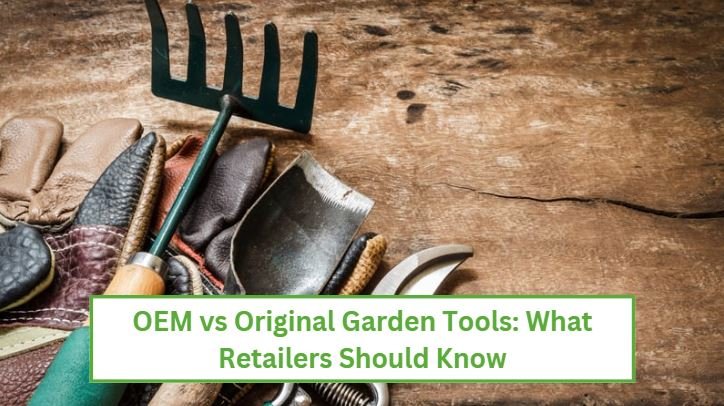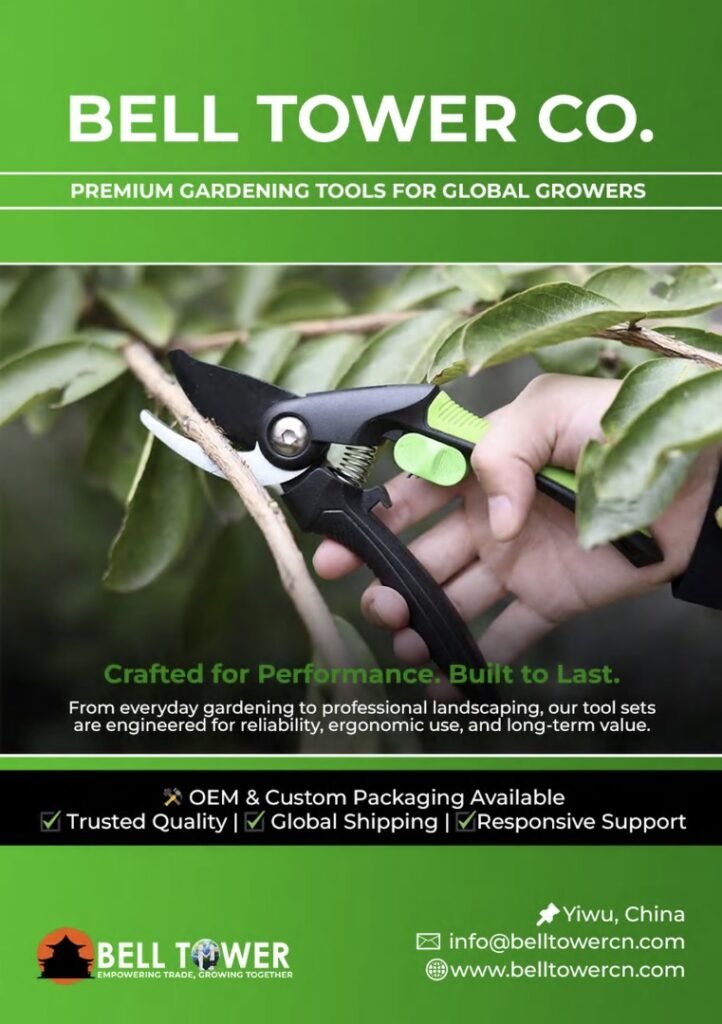If you’re a homeowner or offering landscaping services to clients, gardening gloves aren’t just a nice-to-have; they’re essential.
Whether you work with thorny shrubs or pull weeds, a high-quality pair of gloves protects your hands and makes you more efficient.
However, not all gardening gloves are created equal; knowing what features and qualities to look for will help you get the right one for you.
This guide is all you need to get yourself (Or your team) the best gardening gloves for your needs. From fit and flexibility to material and durability, we’ve got you covered.
Let’s dive in.
Why Gardening Gloves Matter
Let’s state the obvious: Gardening gloves protect your hands, but it’s not just about the cuts and scrapes.
Here’s what a good pair of gardening gloves offers:
- Prevents blisters during repetitive gardening tasks like digging.
- Protects against thorns and stings from insects
- Keeps hands clean and dry
- Minimizes exposure to fertilizers and pesticides
- Improves grip
Whatever gardening task you’re doing, gloves keep your hands safe and comfortable.
Types of Gardening Gloves
There are different types of gardening gloves out there. You can categorize them into the following categories.
Cotton Gloves
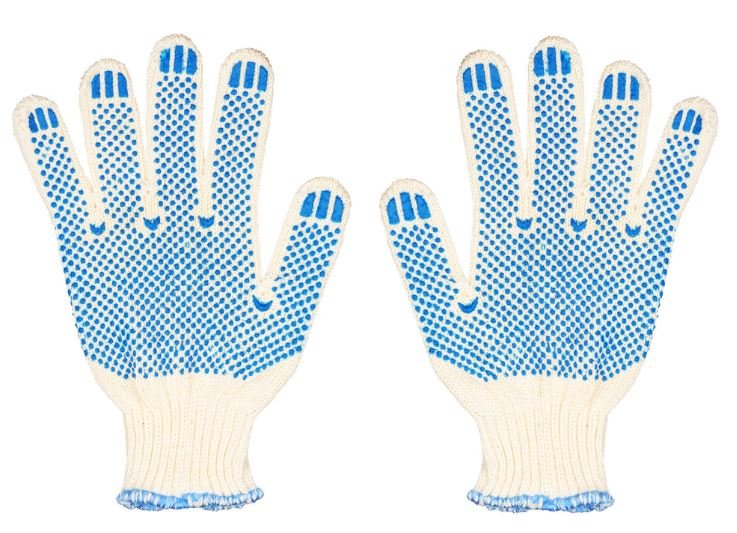
They’re breathable, affordable, and comfortable, and are suitable for tasks that don’t require heavy protection. If you want protection from thorns and abrasive surfaces, cotton gloves aren’t for you.
Leather Gloves
These are perfect for heavy-duty landscaping and pruning. Leather gloves are durable and offer effective protection. For extended forearm protection, look for gauntlet-style leather gloves.
Rubber-Coated Gloves
If you work with fertilizers and in wet conditions, rubber-coated gloves would be ideal. Just remember that they can get sweaty in hot weather.
Nitrile Gloves
These gloves are flexible and lightweight, making them a good substitute for latex gloves. Nitrile gloves fit your hands well, allowing good finger control without sacrificing protection. They’re perfect for dexterity-focused work like planting seeds and handling delicate roots.
Claw Gardening Gloves
These have plastic claws on your fingertips, practically turning your hands into mini shovels. If you want to dig, plant, or weed without tools, these can be handy.
Key Features to Look For
Now that you know the different types of gloves, let’s discuss the features and qualities to look for in order to land on the right pair.
Fit and Comfort
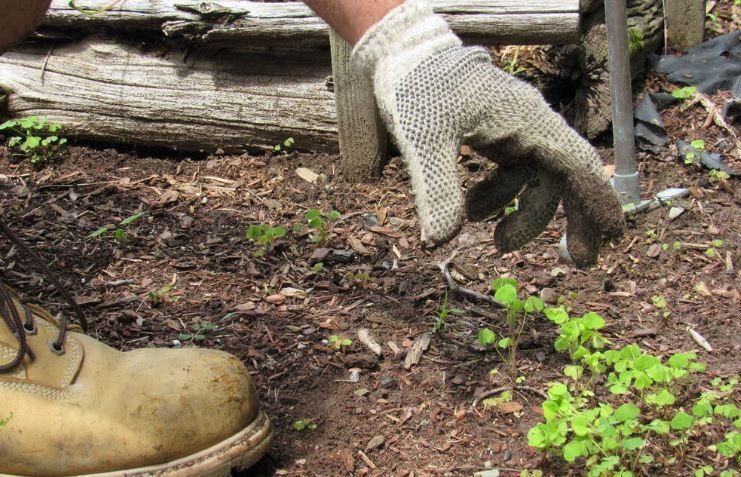
Gloves that are too tight can restrict hand movement, and if they’re too loose, they can slip off. This is why you need to look for a pair that fits properly around your fingers and palms.
Plus, if they have a wrist closure or elastic cuffs, dust will keep out, keeping your hands clean.
Many brands offer separate gloves for men and women. Plus, if you’re getting them for a team, consider gloves with adjustable straps or universal sizing.
Material Quality
Your gloves need to be durable in order to survive the harsh garden environment and stay effective in the long run.
Plus, if they’re not breathable, your hands will get sweaty and uncomfortable.
Last but not least, make sure the material offers enough flexibility to let you use any tool easily.
Water Resistance
If you’re working in the rain or muddy soil, water-resistant gloves are a must.
The material or coating on a glove decides if it can resist water. Get a pair with a rubber or nitrile coating.
Plus, look for a fabric that dries quickly.
However, note that fully waterproof gloves tend to be less breathable, making your hands sweat more.
If you work in your garden for long hours, get semi-coated gloves.
Grip and Dexterity
You don’t want to trade comfort and safety for effectiveness. Try to get an all-rounder.
Some gloves can make gripping and working with slippery tools frustrating.
Many gloves come with textured palms for a better grip and thin yet tough material for better control.
For instance, you should be able to pick up small objects without taking your gloves off.
Explore: 7-Piece Gardening Kit With Storage Bag and Gloves
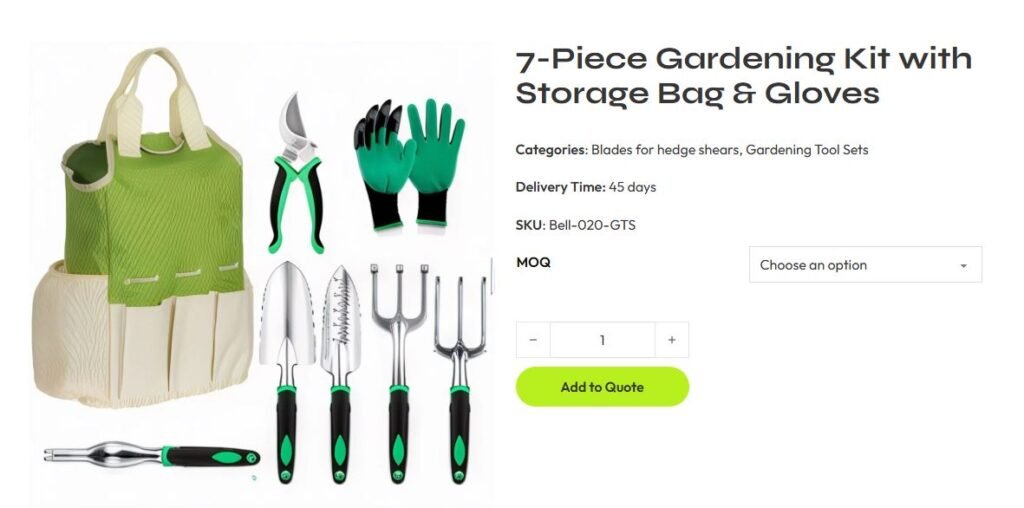
Common Mistakes to Avoid
Here are some common mistakes gardeners and landscapers make while choosing gardening gloves. Avoid these to purchase a pair that lasts a long time and does its job effectively:
Going Too Cheap: Even if a pair of gloves looks great, they may not last as long if they’re not high-quality. Going too cheap means you may have to buy a new pair soon.
Choosing the Wrong Glove for the Job: Know your gardening goals and tasks before choosing a pair of gloves. Cotton gloves can’t protect your hands from thorns.
Ignoring Fit: Make sure they fit your hands snuggly. Ill-fitting gloves lead to frustration and even blisters.
Forgetting About Allergies: Make sure you or any of your team members don’t have a latex allergy. If that’s the case, nitrile is a good alternative.
Related: What Gardening Tools Do You Need?
Frequently Asked Questions
Let’s answer some commonly asked questions about choosing gardening gloves.
What Kind of Gloves Are Best for Gardening?
The best gardening gloves would depend on the task. For instance, for heavy-duty work, leather gloves are great, whereas rubber or nitrile-coated gloves offer a good grip.
What Size Gardening Gloves Do I Need?
Choose gloves that fit your hands. They shouldn’t be too tight to restrict movement. Similarly, if they’re too loose, they’ll come off easily and won’t offer a good enough grip.
How Tight Should Gardening Gloves Be?
Gardening gloves should fit snugly without pinching. They should allow your fingers to move freely. Gloves that are too tight can cause hand fatigue.
Should Gardening Gloves Be Waterproof?
Waterproof gardening gloves are ideal for working in wet soil and rain. However, for hot weather conditions, fully waterproof gloves can be less breathable, making your hands sweat more. Partially coated gloves are better for dry, warm conditions.
Conclusion
Why is choosing the right gardening gloves an important thing? Because gloves protect your hands while allowing you to leverage gardening tools.
But, of course, not all of them are right for you; it mainly depends on specific tasks and your garden’s conditions.
For instance, for wet soil and thorny plants, consider getting water-resistant, rubber-coated gloves. And if dexterity is important, cotton gloves might be a good fit.
Don’t go for the cheapest option, of course. Do your due diligence before making a decision; it’s a long-term investment in your garden’s health and aesthetics.
Read More: Gardening Checklist for Spring

